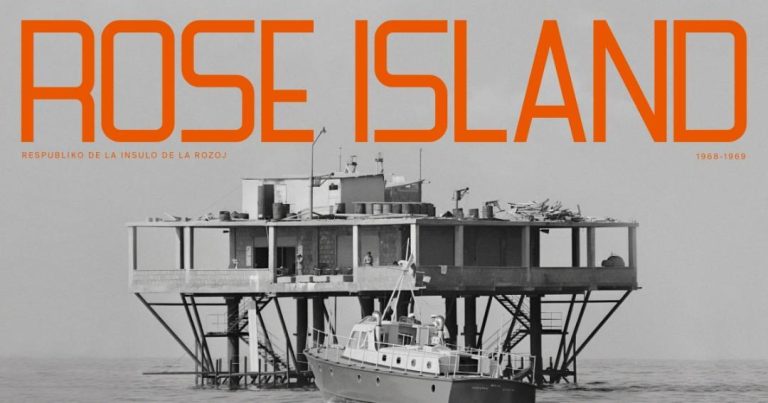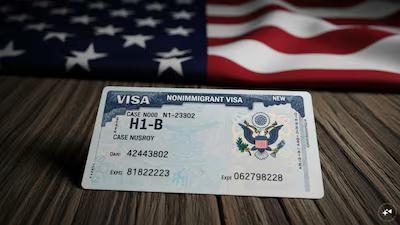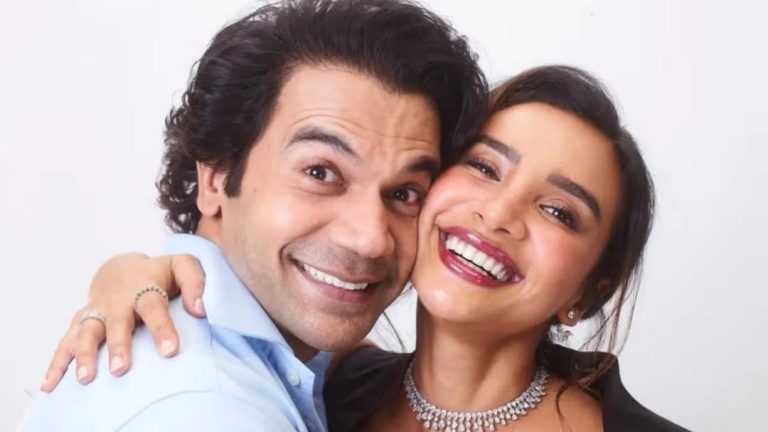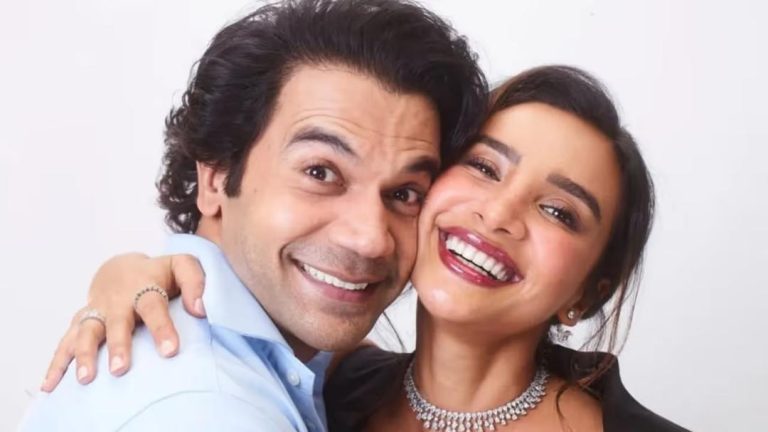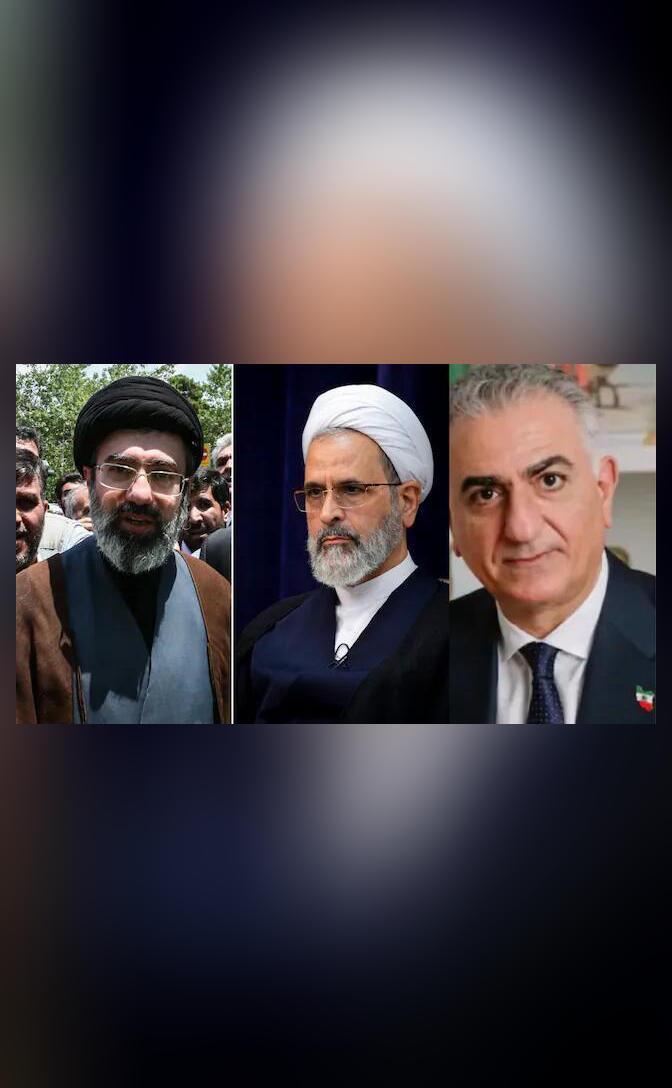
Who Could Potentially Succeed Khamenei if Iran’s Regime Falls?
The Islamic Republic of Iran has been governed by the Supreme Leader, Ayatollah Ali Khamenei, since 1989. As the 82-year-old leader’s health begins to decline, speculation is growing about who could potentially succeed him. The Iranian regime has always been shrouded in mystery, and the question of who will succeed Khamenei is no exception. In this blog post, we will explore the top contenders to succeed the Supreme Leader, along with their qualifications and potential implications for the country.
One of the front-runners to succeed Khamenei is his second son, Mojtaba Khamenei. According to reports, Mojtaba has played a significant role in policy decisions for the last 27 years. This close proximity to the Supreme Leader and his involvement in decision-making processes make him a strong contender for the top spot.
Another potential successor to Khamenei is Alireza Arafi, his close confidante. Arafi has been a key figure in the regime’s religious and political circles for many years, serving as the head of the Islamic Propagation Organization, a powerful entity responsible for spreading the regime’s ideology. His close relationship with Khamenei and his extensive experience in the regime’s inner workings make him a strong candidate to succeed the Supreme Leader.
Hashem Hosseini Bushehri, a cleric and a member of the Assembly of Experts, is another name being floated as a potential successor to Khamenei. Bushehri has been a vocal supporter of the regime and has consistently backed Khamenei’s policies. His position on the Assembly of Experts, which is responsible for electing the Supreme Leader, makes him a strong contender.
The last name on this list is Reza Pahlavi, the son of Iran’s last monarch, Mohammad Reza Pahlavi. Pahlavi has been living in exile in the United States since the 1979 revolution that overthrew his father’s government. Despite his family’s tumultuous relationship with the Iranian regime, Pahlavi has been vocal about his desire to return to Iran and potentially lead the country. His royal bloodline and international connections make him an interesting candidate to succeed Khamenei.
It is essential to note that the Iranian regime operates under a complex system of governance, with the Supreme Leader holding significant power. The Assembly of Experts, which is composed of 88 clerics, elects the Supreme Leader, and the Expediency Discernment Council, headed by Khamenei, resolves disputes between the legislative, executive, and judicial branches. This intricate system means that the selection of the next Supreme Leader will be a complex and potentially contentious process.
The potential implications of Khamenei’s successor are far-reaching. The next Supreme Leader will inherit a country still reeling from the effects of international sanctions and the COVID-19 pandemic. They will also be tasked with navigating the complexities of Iran’s complex relationship with the international community, particularly the United States.
The choice of Khamenei’s successor will also have significant implications for Iran’s internal politics. The regime has been facing increasing challenges from opposition groups, both inside and outside the country. The next Supreme Leader will need to balance the competing interests of various factions within the regime, including hardline clerics, moderate reformists, and the military.
In conclusion, the question of who will succeed Khamenei is a critical one, with significant implications for Iran’s domestic and international politics. While Mojtaba Khamenei, Alireza Arafi, Hashem Hosseini Bushehri, and Reza Pahlavi are some of the top contenders, the actual selection process is likely to be complex and influenced by a range of factors. As the Iranian regime navigates this uncertain period, it is essential to monitor developments closely and consider the potential implications for the country and the region.
Source:

